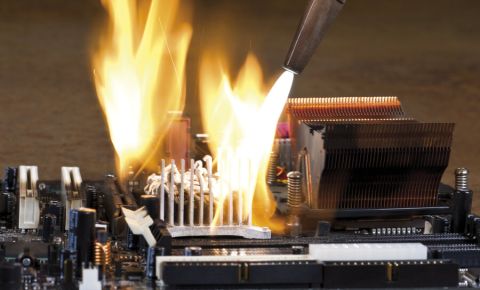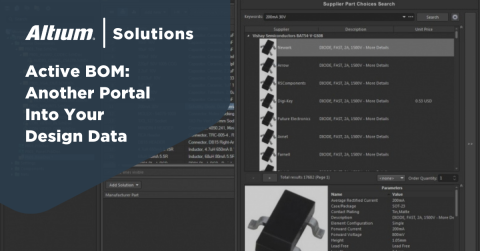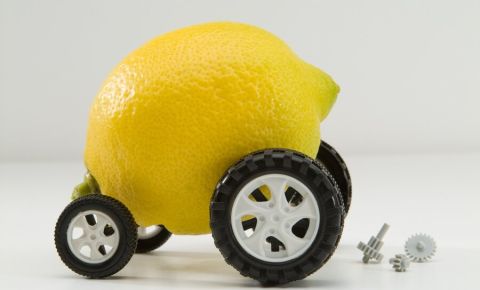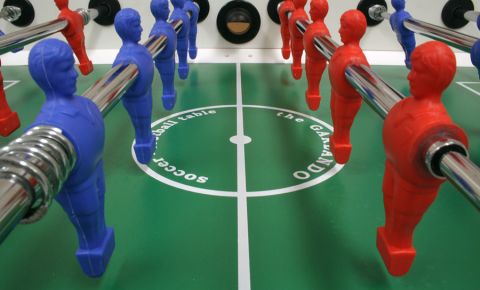Difference Between Single-Sided and Double-Sided PCBs: Necessary Costs Comparisons
Duck hunters cherish their favorite call. With hundreds of available calls at our fingertips, choosing the right call can challenge anyone. Single and double reed duck calls perform differently and vary in cost.
Conventional wisdom might conclude that “double” translates into “more value.” Yet, professional and experienced duck callers prefer single reed calls. Since many beginners don’t have time to practice, many choose a double reed duck call.
The same bits of wisdom hold court for single- and double-sided PCBs. Applications drive requirements which in turn drive design. The final production cost varies according to the application that influences different primary and secondary factors. Each of those factors—from board size to raw materials selected for the PCB—impacts performance and value.
Differences Between Single-sided and Double-sided PCBs
Single-sided PCBs consist of the FR4 insulating core substrate and a thin layer of copper coating on the bottom or solder-side of the substrate. Through-hole components mount on the top or component-side of the substrate with the leads passing through to the bottom side and soldered to the copper pads and tracks. Surface mount components mount directly to the solder side. The primary difference between the two boards will be in conductor placement.
Double-sided boards rely on the same core substrate but have conductors on both sides of the substrate. Very simply, a double-sided board delivers twice the area for conductors. Complex routing can occur with through-hole components mounted on the top layer and surface mount components mounted on the bottom layer. Plated through holes establish “vias” or the electrical connections between the two sides.
What Goes Into Determining PCB Costs
No matter whether manufacturing a single-sided, double-sided, or multi-layer PCB, three main cost categories exist: Primary production costs, dependent costs, and overhead costs. You can break them down into the following categories:
|
Primary or Fixed Production Costs |
Secondary or Dependent Costs |
Overhead Costs |
|
Board Size |
Tooling |
Facility |
|
Number of PCBs produced in a production run |
Layout – trace design, hole size, and hole count |
Labor – salaries and benefits |
|
Number of layers beyond double-sided |
Lamination |
Equipment |
|
Lead time |
Change needed from mechanical drill type to laser drill type |
Raw materials |
|
Hose size and count |
Quality assurance |
Chemical processes |
|
Material type and thickness |
Via fill |
Waste water treatment |
|
Layout |
Fabrication |
Regulatory permits |
|
|
Finish |
Production delays due to design or fabrication changes |
|
|
|
Production failure due to bad design or flawed methods |
The production costs for single-sided and double-sided PCBs remain relatively even when considering board size, number of PCBs produced, lead time, and material type and thickness. Most of the overhead costs also remain even. Without considering layout, both types consist of the core substrate and conductive layers either on one side or both sides.
How Can Your Cost Estimations Change During Production?
Let’s suppose—just for a minute—that a large client sees a potential market for amplified duck calls. The idea jells into a product design that morphs into a complex layout for a double-sided PCB.
Layout alters the cost balance. Double-sided PCBs used to produce the amplified duck calls become two separate layout designs that represent two separate types of circuits. While the number and size of holes remain the same with single-sided PCBs, two different circuit designs on one substrate change the number of holes and add vias.
Because double-sided PCBs welcome complex circuit designs, layout also becomes a dependent factor. As the number of traces increase, costs increase. Smaller surface mount components fastened to the bottom side change the trace spacing. As the space between the traces narrows, costs can jump 5 to 10 percent.
Different layouts may require different hole sizes and the use of laser rather than mechanical drills. Smaller hole sizes and larger hole counts drive the cost higher because of a change in the manufacturing process. Complex duck call circuits may require the precision afforded by laser drills. While these considerations may not be at the forefront of your mind during the design process, they are important to consider as you move to production.
Application needs that call for complex circuit designs may also require different production materials and different raw materials. Rather than relying on FR-4 for the substrate, you may decide to use thicker materials or materials such as Polyimide, Flex, Hybrid Capable High Copper Weight that offer a higher copper weight. The combination of complex layouts, smaller hole sizes, larger hole counts, and new material types then moves fabrication from conformal tooling to hard pin tooling, different levels of quality assurance, and different finishes.
Overhead costs for double-sided PCBs also rise when changes in the manufacturing process require new equipment, additional programming, and higher labor costs. Adjustments to tooling pins must occur to avoid damage to components already mounted to the PCB. Two different circuit designs require additional programming.
Complex circuit designs require changes in stencil designs or the use of multiple stencils. With all this, a new amplified duck call emerges. But before your designs can take flight, you’ll need to make sure you’re using PCB design software which can best equip you with the tools you need for success. Whether it’s through easy-to-access and smart updating manufacturing output files, or a built-in AcitveBOM, Altium makes your designs easy to process.
If you want more information on the varying board costs between potential designs, consider talking to the experts at Altium today.










